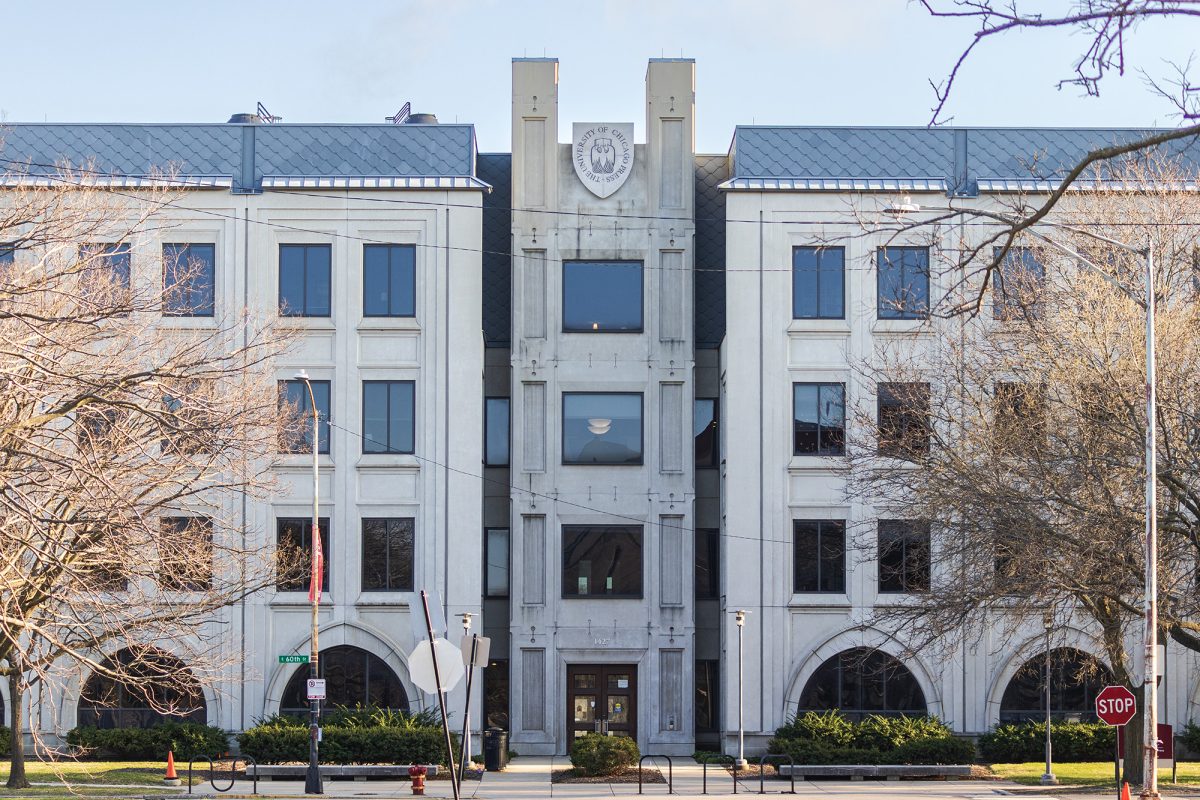The two daytime robberies of University students last month were part of an increase in the crimerate that saw September’s robbery numbers climb to a level not matched for that month since 1993, according to crime statistics released by the South East Chicago Commission (SECC).
According to Bob Mason, executive director of the SECC, last month’s 34 robberies in the Hyde Park/South Kenwood area were extremely unusual for September. Last year, September saw 28 robberies, 21 percent fewer than this year. The last time robbery numbers were so high in September was in 1993, when 33 robberies were committed, September 1992 had 48 robberies. Robberies are better known as muggings and are defined as theft involving a confrontation between victim and criminal.
“It’s an unusual number of robberies, period,” Mason said. The 34 robberies are the most of any month this year, and the most since July of 1999, which had 32 robberies. Robbery numbers had declined steadily from July until this September. The 13 robberies that occurred in August represented an all-time low for that month, making September’s spike in crime all the more surprising. It isn’t yet clear whether the upswing represents the end of the declining crime numbers or just a fluke.
“We’d like to wait and see what the trends are,” Mason said. “You get these spikes in crime statistics periodically, and one has to wait and see if that’s just a spike or a real trend. It takes longer than a month for something like that.”
According to Mason, it is not surprising that robberies would increase during September, a month that sees many new students on campus who don’t yet know how to negotiate city living. But this September remains abnormal, as the average number of robberies for the month is 25.
Although the robberies on University property — one at the Shoreland and another near the parking garage on 55th Street — have drawn the most attention from students, most of the crime remains north of 55th. Only seven of the 34 robberies occurred in the area between Woodlawn Avenue and South Shore Drive and from 55th to 61st Streets. “But that doesn’t mean that the [victims] north of 55th weren’t University-related,” Mason said.
The reasons for the spike in robberies were not clear, according to Mason. He suggested that a new criminal might have moved into the area or that a group of robbers had started working together. But little is known for certain. “It’s difficult to make a pattern of [the robbers] from any physical description or what the people were doing. But one never knows,” he said.
Victims of robberies typically have a difficult time providing accurate information to police, according to Mason, as the crime generally occurs at night, happens fast, and leaves people too scared to pay close attention. The police make an effort, though, to link robbers to specific crimes. “The police will go out, contact people who have been victimized,” he said.
Already, some arrests have been made. “When that happens, that will slow [robberies] down greatly,” Mason said.
But Mason still urges students to be cautious. “We don’t want to tell them not to worry. One always wants to remain aware,” he said. “Don’t be paranoid, but one should be aware and use common sense and be cautious.”
While robbery numbers climbed sharply, other crime in Hyde Park/South Kenwood largely held steady when compared with September of last year. There was one reported sexual assault, as there was last year. Seventeen burglaries — which involve theft from a building — were committed this year while an unusually low 10 burglaries had been committed last year. Theft declined slightly from last September, with 121 thefts committed this year, compared with 129 last year. Auto thefts dropped dramatically from 42 last year to 23 this year.
“Overall the total number of crimes in the community was about average, except for the robberies,” Mason said.








